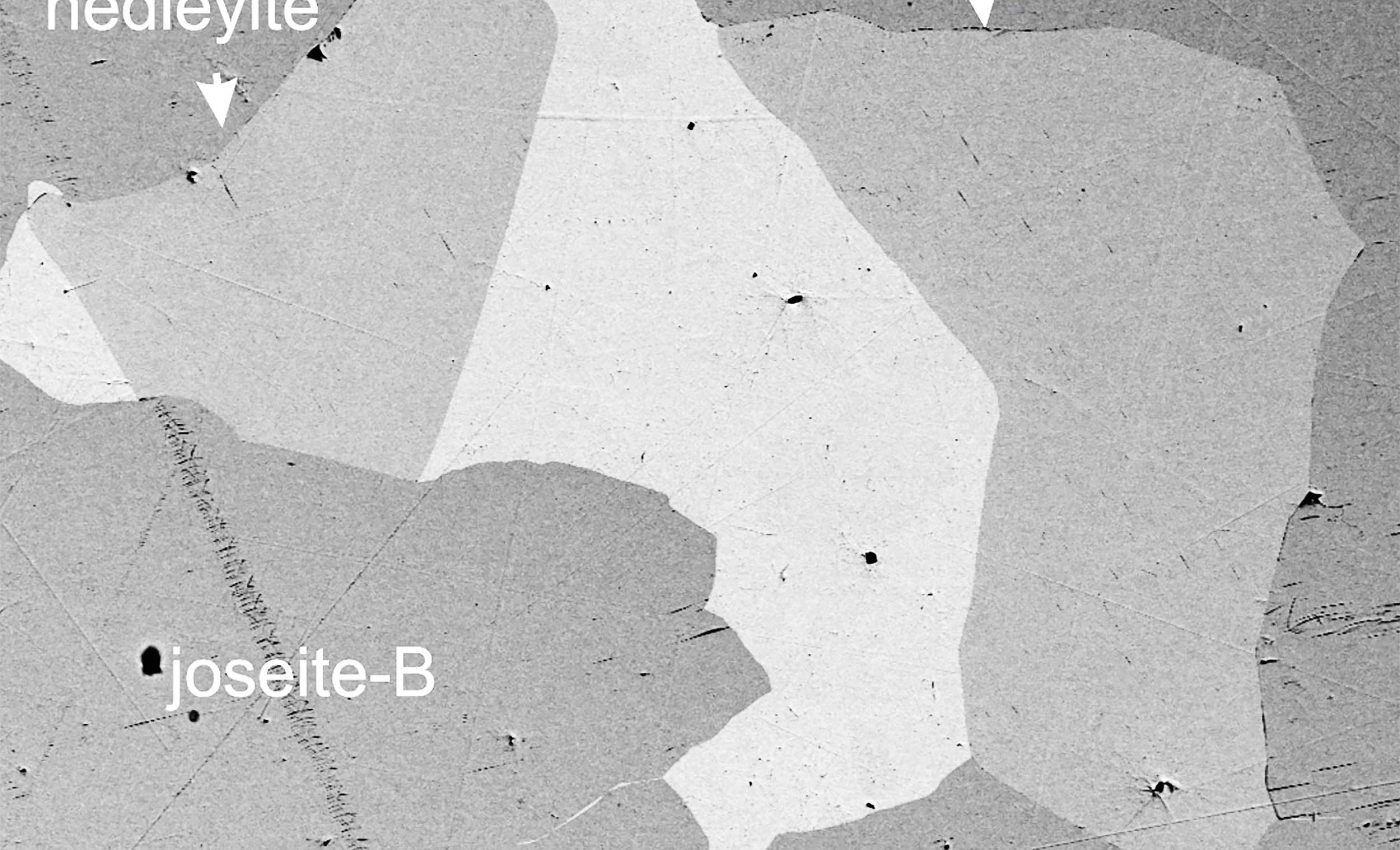
New microscopic mineral discovered that could revolutionize geological exploration
It started with a speck so small that a grain of sand could drown it in shadow. Yet that speck, now officially named ehrigite, may give geologists a fresh way to read Earth’s hidden pages.
The crystal is classified as a bismuth telluride and measures less than one‑tenth of a human hair across. Associate Professor Cristiana Ciobanu of the University of Adelaide documented the phase with mineralogist Professor Nigel Cook after more than a decade of detective work.
Why tiny minerals matter
Only about 100 new mineral species gain formal approval in a typical year. The official catalogue now lists 6 145 validated entries, according to the International Mineralogical Association’s May 2025 master list.
Each addition does more than swell a database. Novel species refine pressure-temperature limits, trace ancient hydrothermal fluids, and flag pockets of elements that feed renewable‑energy supply chains.
Mineral names usually honor a person, place, or chemistry, and the International Mineralogical Association (IMA) vetting process involves independent reviewers from at least a dozen countries.
That rigor explains why acceptance can stretch for years but also why the final vote carries so much weight within the earth‑science community.
Tellurium occurs in Earth’s crust at roughly one part per billion. So any mineral that concentrates it (even microscopically) offers a geochemical signpost that can save exploration budgets millions of dollars.
How ehrigite hides in plain sight
Ehrigite shows up as sub‑100‑micron grains trapped in hedenbergite skarn from the Good Hope mine in British Columbia. Its formula, Bi₈Te₃, slots it into the tetradymite group, a family famous for semiconducting tellurides.
Because the grains are so fine, Ciobanu’s team relied on an atomic‑resolution transmission microscope able to see individual columns of atoms. Similar tools recently exposed hidden zirconium telluride sheets inside carbon nanotubes.
The group used aberration correction and ptychographic reconstruction, a method that stitches thousands of diffraction patterns into a single image with sub‑ångström clarity.
That level of detail makes it possible to test theoretical bond models against direct observation instead of indirect diffraction peaks.
The Adelaide images revealed bismuth triplets alternating with tellurium layers, a pattern distinct enough that the International Mineralogical Association granted a new name. Full crystallographic details appear in American Mineralogist’s “New Mineral Names” series, proposal 2023‑074.
Bismuth telluride and ehrigite
Telluride minerals seldom occur in bulk, yet their chemistry underpins modern thermoelectric devices. Pure bismuth telluride modules have topped six percent conversion efficiency at 482 °F, turning waste heat into electricity.
A cousin like ehrigite could mark zones enriched in tellurium, a critical component of thin‑film solar panels and high‑capacity batteries.
Because ehrigite holds more bismuth than classic Bi₂Te₃, researchers suspect unique electronic pathways that might shape next‑generation alloys.

Tellurium appears on the 2022 U.S. Critical Minerals List issued by the U.S. Geological Survey. Identifying natural stores ahead of demand curves therefore carries both strategic and economic value.
Every watt harvested from industrial heat trims fossil‑fuel demand. Mapping telluride‑bearing systems links blue‑sky mineralogy directly to green‑energy engineering.
Geometallurgy connects ore and plant
The mineral also mirrors the career arc of its namesake. Geometallurgy blends petrography with metallurgy to forecast how ore behaves once it hits the mill, and case studies report processing‑cost cuts of up to 15 percent when such models guide scheduling.
At BHP’s Olympic Dam, Ehrig’s models linked copper grade, alteration halos, and grinding energy to predict recovery long before ore reached the plant.
Better prediction trims reagent use and tailings volumes, reducing both costs and environmental risk per pound of metal produced. Such gains turn intangible petrological data into daily operational savings.
The discipline’s strength lies in teamwork: field geologists, statisticians, and plant metallurgists feed data into shared models that update in real time as ore comes online.
Turning microscale clues into exploration maps
Ciobanu and Cook have secured an $894 000 Australian Research Council grant to weave computational mineralogy into sulphide exploration.
By coupling atom‑scale images with machine‑learning clusters, they hope to forecast where skarn reactions lock bismuth and tellurium together.
Their prototype pipeline ingests chemical assays, textural scans, and thermodynamic phase diagrams, then outputs probability maps for high‑grade micro‑tellurides.
Such data‑driven targeting can shave months off drill programs and lower the carbon footprint per discovery.
Tellurium’s scarcity matters because most supply comes as a by‑product of copper refining. Locating primary sources could shield supply chains from price spikes as demand grows for thermoelectrics and cadmium‑telluride photovoltaics.
The team will also test whether ehrigite can act as an early proxy for processing friendliness. If the mineral forms only under specific redox conditions, its presence may signal ore blocks with lower energy grinding profiles, intelligence that plant managers crave years ahead of first production.
A wider lens on mineral discovery
Ehrigite’s tale shows that minerals need not sparkle in hand specimen to change industry practice.
Each pixel the microscope resolves sharpens our map of deep‑time processes, letting companies chase ore blocks that yield more metal with less energy.
The next wave of discoveries will likely surface from datasets larger than the grains themselves. High‑throughput spectroscopy, atom probe tomography, and cloud‑based phase matching can sift drill‑core chips for signals of unseen alloys.
Emerging techniques like autonomous TEM scanning promise to spot unknown phases overnight, freeing scientists to interpret rather than hunt. Even a lone speck can tip the scales when the right eyes (and the right tools) are looking.
—–
Like what you read? Subscribe to our newsletter for engaging articles, exclusive content, and the latest updates.
Check us out on EarthSnap, a free app brought to you by Eric Ralls and Earth.com.
—–













